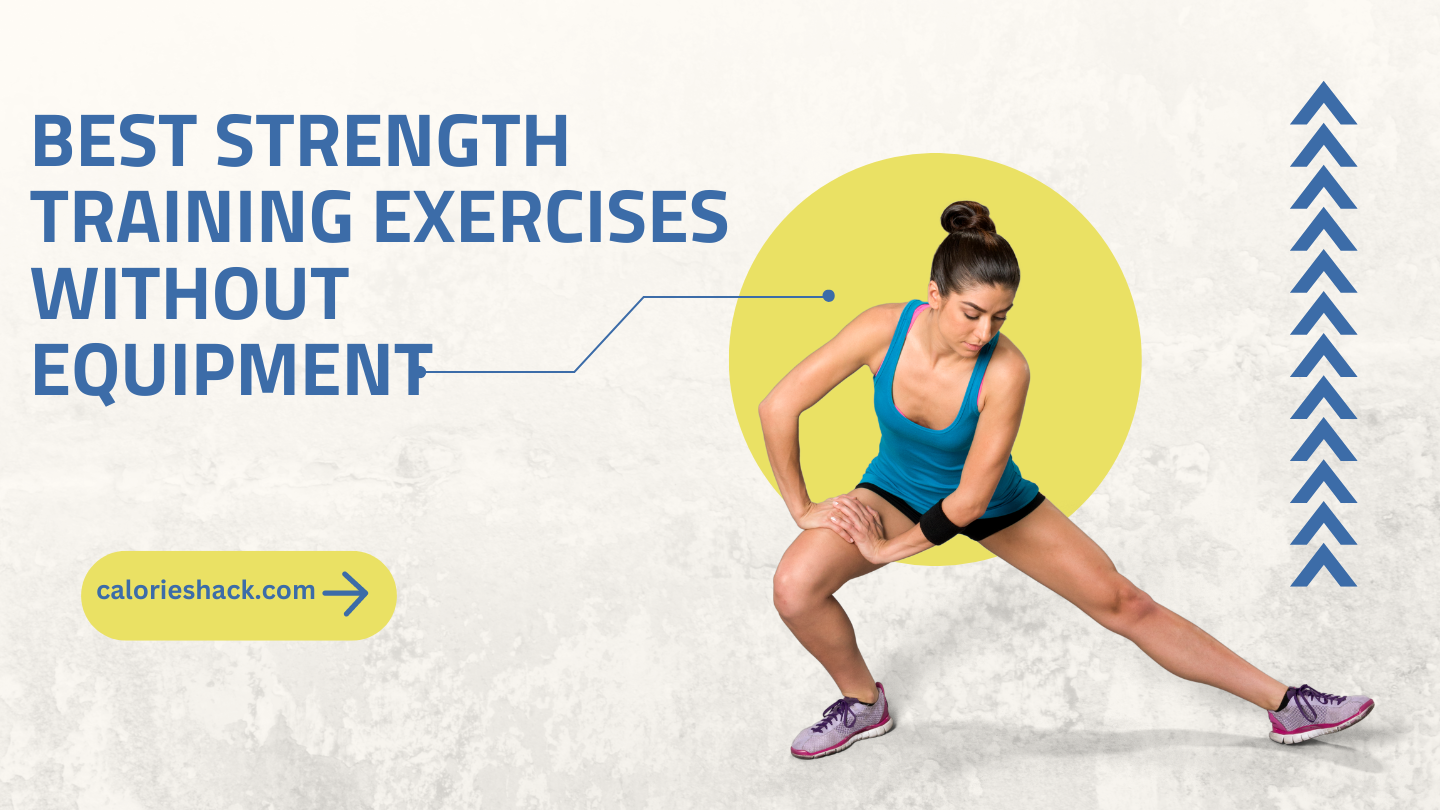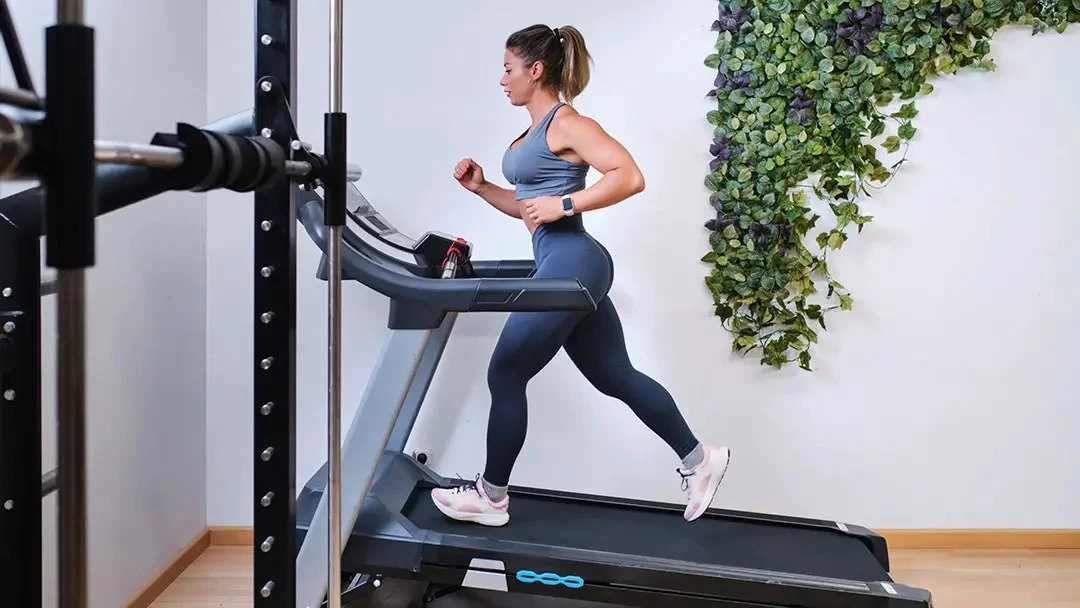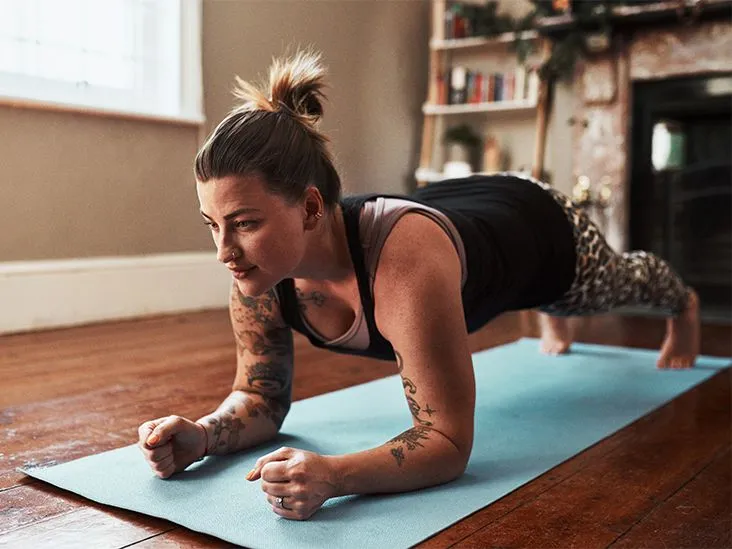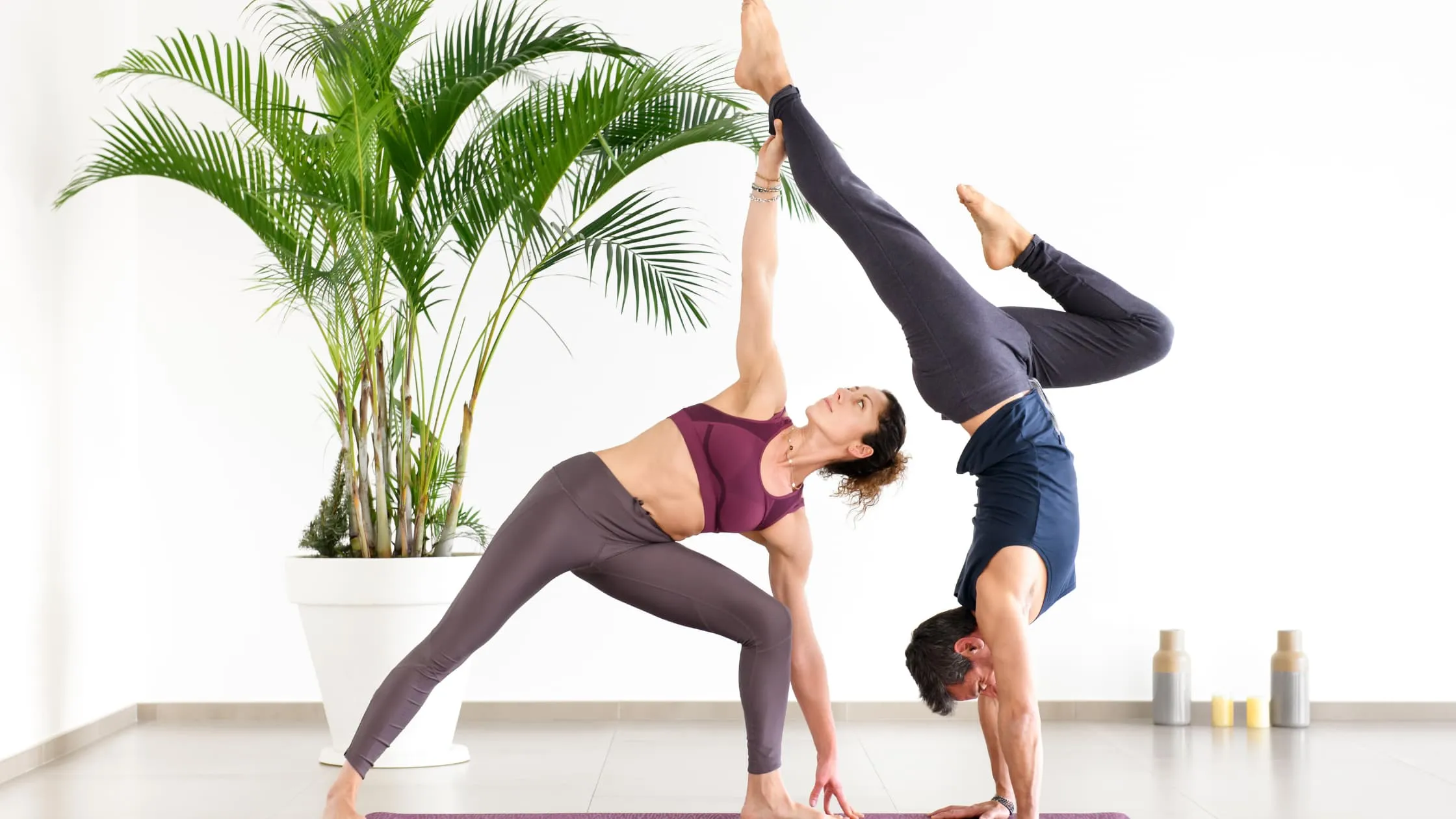Best exercises for controlling dizziness and nausea and regaining your sense of balance. Specific activities may help relieve vertigo symptoms including dizziness. No, you do not have to climb a skyscraper to have vertigo. People with vertigo may feel a whirling sensation while sitting or even without moving an inch. This illness may be caused by ear infections, inflammation, aberrant bone development, middle ear calcium deposits (benign paroxysmal positional vertigo, or BPPV), or head trauma.
While vertigo may be painful, some exercises can help relieve symptoms and improve general balance and coordination. If you've been diagnosed with BPPV, try these 7 home exercises. Always consult your provider first. This article also recommends which workouts to avoid and what measures to take. Read on to obtain all of the information in one spot!
6 Best Exercises for Vertigo (With Pictures)
1. Brandt-Daroff Exercise.

How to Do
- Sit at the end of your bed.
- Lie down on your left side and move your head 45 degrees to the right (nose up).
- Hold the pose for 30 seconds until the dizziness has subsided.
- Sit up and wait 30 seconds.
- Repeat on the other side.
- Do this five times, twice every day.
Recommended to read:
- Strength Training: A Beginner's Guide To Getting Fitness.
- Workout Routines For Beginners At Home
- Healthy Eating For Beginners: Eating Well Made Easy
- Strength Training Workout Plan: Muscle Mastery
2. Epley maneuver.
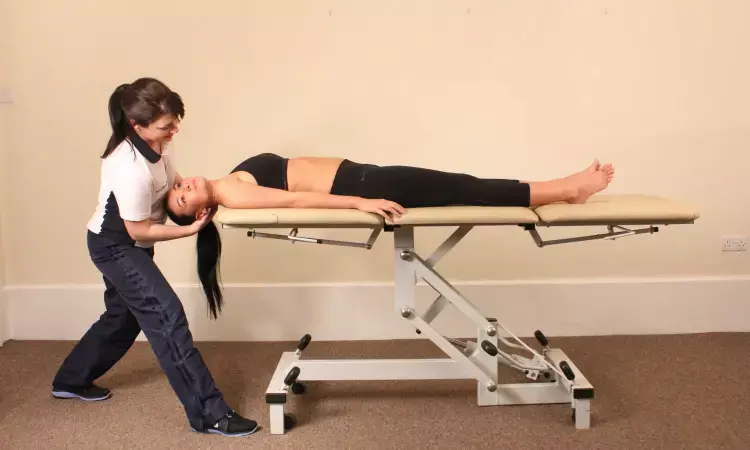
Perform this workout for vertigo under supervision.
How to Do
- Sit at the end of your bed and tilt your head 45 degrees to the right.
- Lie down and keep your head in place. Instruct your physical therapist to support your head and neck.
- Your neck will be at a 30 degree extension. Maintain this posture for 30 seconds.
- Turn your body to the right. The physical therapist will support your head while you turn. Hold this posture for about 20-30 seconds.
- Repeat on the left side.
- Hold your head at a 45° angle, bend your knees, remove your legs off the bed, and push yourself up with your hands. Your physical therapist will support your head.
- Slowly move your head to face straight.
3. The Semont Liberatory Maneuver
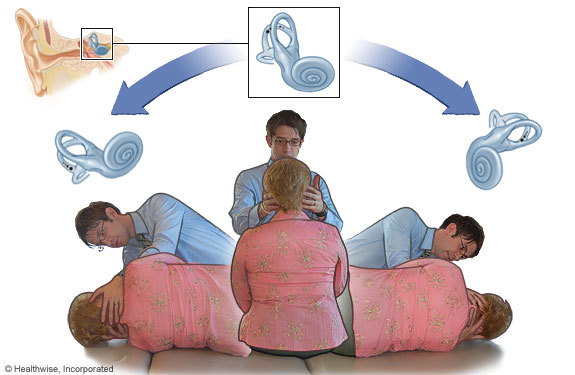
How to Do
- Sit at the end of your bed and tilt your head 45 degrees to the right.
- Lie on your left, with your nose pointing up. Hold this posture for 60 seconds.
- Get up to a sitting posture and swiftly lay down on your right, face toward the bed. Hold motionless for 60 seconds.
- Return to a seated posture and stay for 5 minutes.
- For right ear problems, reverse all instructions.
4. The Foster (Half Somersault) maneuver

How to Do
- Kneel on a bench, hands flat, and stare down.
- Tilt your head up to gaze at the ceiling.
- Hold the posture for 15 seconds.
- Place your head on the bench in a half-somersault posture, chin tucked towards your legs.
- Hold this posture for fifteen seconds.
- Turn your head to the right at a 45-degree angle.
- Hold it for 15 seconds.
- Hold your head in the same posture while extending your arms. Hold it for 15 seconds.
- Keep your head in the same posture, take your hands off the bench, and kneel. Hold this posture for fifteen seconds.
- Repeat the steps in the other way.
5. Gaze Stabilization Exercise.
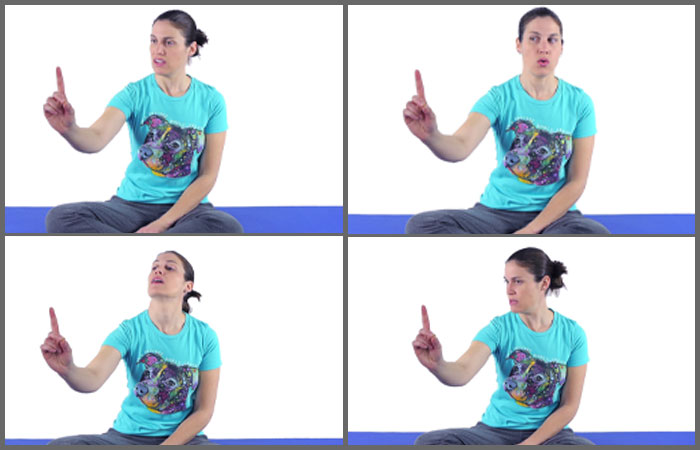
How to Do
- Sit on a mat or bed.
- Extend one arm, index finger out.
- Spend 15 seconds focusing on the index finger.
- Slowly turn your head to the right and left, keeping your eyes locked on the tip of your index finger.
- Do this for ten seconds.
- Move your head up and down, keeping your attention locked on the index finger.
- Do this for ten seconds.
- Move your head diagonally up and down, keeping your attention focused on the index finger. Do this for ten seconds.
- Do the same on the opposite side.
Read also:
- The Scientific Truth About 10 Controversial Foods And Drinks
- 10 Kale Smoothie Recipes That Pack A Powerfully Healthy Punch
- Low-Impact Workouts: Health Benefits, How To Get Started
6. Romberg Stance.
How to Do
- Stand with your feet together. You may grasp on to a wall or a chair.
- Close your eyes. Keep your head straight.
- Hold it for 15 seconds.
- Open your eyes and tilt your head sideways.
- Do this for 10 to 15 seconds.
- Move your head up and down.
- Repeat this for 15 seconds.
- Repeat the process with your eyes closed.





